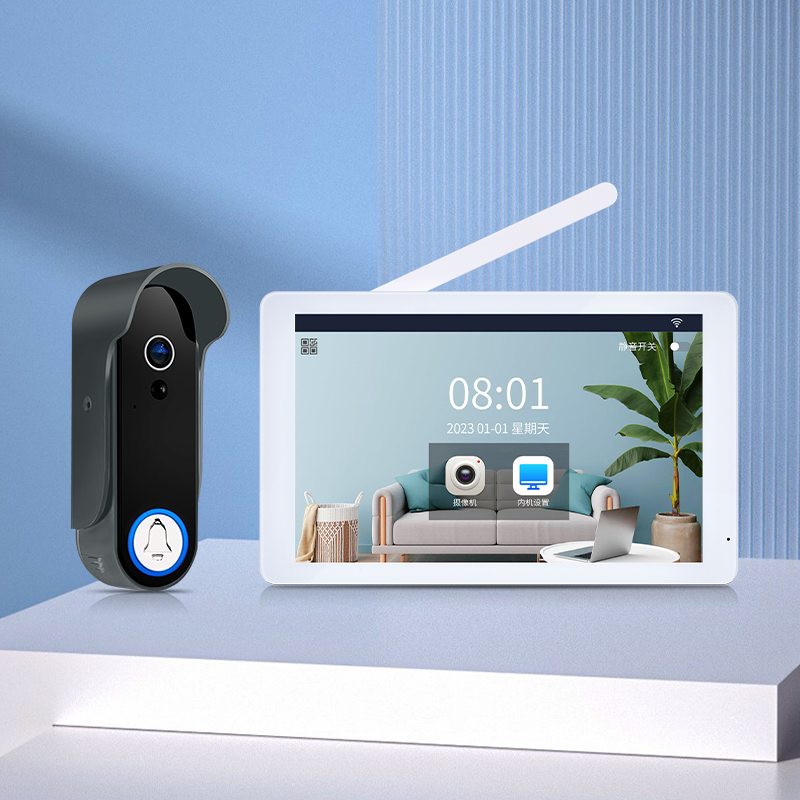智能门铃的数据安全保护与加密技术
Time:2024-04-16 14:41:23 Views:45次
Introduction:
Smart doorbells, as an integral part of smart home systems, provide users with convenient access control and remote monitoring functions. However, with the rapid development of smart technology, users' concerns about data security and privacy protection have been increasing. To ensure the security of user data, smart doorbells adopt advanced data encryption technology to protect users' privacy information from unauthorized access and theft.
Data Encryption and Protection:
Smart doorbells protect user data security through both transmission encryption and storage encryption.
Transmission Encryption:
Transmission encryption refers to encrypting data during the process of data transmission to prevent interception and theft by hackers or malicious attackers. Smart doorbells use secure transmission protocols such as SSL/TLS to encrypt data, ensuring the security of data during transmission.
For example, when a smart doorbell sends doorbell video to a user's mobile phone via the internet, SSL/TLS protocols are used to encrypt the video data, ensuring that the data is not intercepted or tampered with by third parties. This transmission encryption technology effectively prevents the risk of data leakage and information tampering, enhancing the security of user data.
Storage Encryption:
Storage encryption involves encrypting user data stored in smart doorbell devices and cloud servers to prevent unauthorized access and retrieval of data. User data stored in smart doorbell devices and cloud servers undergo encryption to protect users' privacy information from unauthorized access.
For instance, user identity information and visitor videos stored in smart doorbell devices are encrypted using encryption algorithms such as AES, and stored in encrypted form in the device's storage media. Similarly, user data stored on cloud servers is encrypted using the same encryption algorithms to ensure the security of data during storage and transmission.
Future Outlook:
As smart doorbell technology continues to evolve and become more widespread, data security and privacy protection will be critical concerns in the smart doorbell industry. In the future, smart doorbells are expected to further strengthen data encryption and protection technologies to enhance system security and reliability.
Continuous innovation and improvement of data encryption algorithms: With the development of cryptography and data security technology, smart doorbells are expected to adopt more advanced and secure encryption algorithms, such as quantum cryptography and homomorphic encryption, to further enhance data security.
Application of multi-factor authentication technology: In the future, smart doorbells may introduce more stringent authentication technologies, such as facial recognition and voice recognition, to ensure that only authorized users can access the smart doorbell system, further protecting user data security.
Application of blockchain technology in data security protection: Blockchain technology, with its decentralized and tamper-resistant characteristics, is expected to be applied to the storage and verification of smart doorbell data in the future, improving data security and credibility.
Conclusion:
Data encryption and protection are key technologies for ensuring the security of user data in smart doorbells. By adopting transmission encryption and storage encryption technologies, smart doorbells can effectively protect users' privacy information and prevent unauthorized access to data. In the future, with continuous technological innovation and application, data security protection in smart doorbells will usher in new development opportunities, providing users with a more secure and reliable smart home experience.
Chinese website——www.dgjiasong.com

NEXT:智能无线可视门铃:触摸屏技术深度解析
PREV:智能门铃:拥抱多语言与智能分析的未来